
Dog crate anxiety is a common issue faced by many pet owners. It occurs when dogs associate their crates with feelings of fear or stress, rather than seeing them as safe, comfortable spaces.
Table of Contents
This anxiety can manifest in various ways, such as excessive barking, damaging the crate, or attempting to escape.
Understanding the underlying causes of your pet’s crate anxiety is the first step in devising an effective strategy to alleviate their distress and create a positive crate experience.
7 Tips to Reduce Dog Crate Anxiety
1. Gradual Introduction
Introducing your dog to their crate gradually can prevent them from associating it with fear or stress. Begin by letting them explore the crate during relaxed times of the day, and reward them with treats for entering voluntarily.
2. Make the Crate Comfortable
Ensure your pet’s crate is comfortable and inviting. Add blankets, toys, and chews to create a safe and cosy environment. This can help reduce feelings of dog crate anxiety.
3. Regular Exercise
Regular exercise can help lower your dog’s anxiety levels. An active dog is more likely to rest when in the crate, reducing nervousness and unease.
4. Positive Reinforcement
Use positive reinforcement to associate the crate with good experiences. Reward your pet for spending time in the crate with treats, praise, or playtime.
5. Avoid Using the Crate for Punishment
Ensure you never use the crate as a form of punishment. This will only increase the dog’s crate anxiety, and they will associate the crate with negative experiences.
6. Crate Training While at Home
Start the crate training when you are at home to make the crate a normal part of your dog’s routine. This can alleviate the fear that they are being left alone when put inside the crate.
Crate Training Pros And Cons – 7 Best Tips For Crate Training
7. Seek Professional Help
If your pet’s dog crate anxiety persists, it may be beneficial to seek the advice of a professional dog trainer or a veterinarian. They can provide practical strategies and may suggest behaviour modification techniques or anxiety medication if necessary.
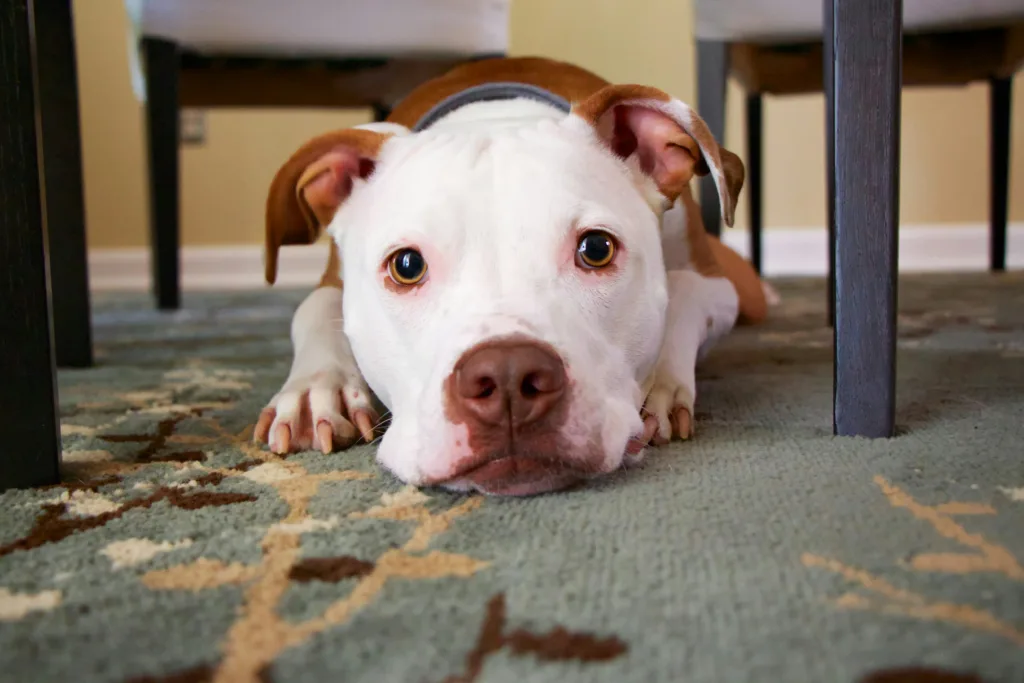
Common Reasons for Dog crate Anxiety
Dog anxiety can stem from various factors, often linked to their physical, emotional, or situational circumstances. Here are some prevalent causes:
Separation Anxiety: This is one of the most common forms of anxiety in dogs, typically occurring when they are left alone or separated from their owners for extended periods.
Fear-related Anxiety: Dogs may experience anxiety due to specific fears or phobias. Common triggers include loud noises (such as thunderstorms or fireworks), unfamiliar environments, strangers, and other animals.
Age-related Anxiety: Ageing dogs can develop anxiety, particularly those affected by cognitive dysfunction syndrome (CDS). Symptoms akin to Alzheimer’s in humans, such as memory loss and confusion, can cause anxiety.
Past Trauma: Dogs that have been neglected, abused, or have undergone traumatic experiences are often more prone to anxiety.
Illness or Pain: Certain medical conditions or physical discomfort can cause or exacerbate anxiety in dogs. If your pet’s anxiety appears to have a sudden onset, it’s crucial to consult a veterinarian for a thorough health check-up.
Common Mistakes Made During Anxiety Training
When dealing with dog anxiety, it’s crucial to approach training with patience, understanding, and consistency. However, pet owners often unknowingly make several mistakes during this process that can exacerbate the pet’s anxiety. Here are some common missteps:
1. Rushing the Training Process: It’s essential to understand that reducing anxiety in dogs is a gradual process. Attempting to rush this process can lead to increased anxiety.
2. Inconsistent Training: Consistency is key in any training. Inconsistent training methods can confuse your dog and can prolong the process of overcoming anxiety.
3. Neglecting Exercise: Regular exercise is a proven method to relieve anxiety in dogs. Neglecting this can lead to a buildup of pent-up energy, which can in turn increase anxiety levels.
4. Ignoring Small Successes: Even the smallest progress should be recognized and rewarded. Ignoring these successes can slow down the progress and potentially deter the dog from participating in future training.
5. Neglecting Veterinary Care: Dog anxiety can sometimes be a symptom of underlying health issues. Ignoring the possibility of a medical condition and focusing solely on training could worsen your pet’s overall health and anxiety. Always seek professional advice if you notice sudden changes in your dog’s behavior.
Remember, every dog is unique and may respond differently to training. Always take into account your pet’s individual needs and be patient with their progress.
Best Dog Crates to Reduce Dog Crate Anxiety
Selecting the right crate for your dog can be instrumental in reducing crate anxiety. Here are some of the best options available in the market:
Remember, the crate should be large enough for your dog to stand, turn around, and lie down comfortably. It should not be used as a form of punishment but a safe place for them to relax.
Remember to introduce the crate gradually and reinforce positive experiences associated with it to help reduce crate anxiety.
Conclusion
Understanding and managing dog anxiety, especially dog crate anxiety, requires patience, consistency, and a solid understanding of your pet’s needs. The right approach, coupled with a suitable crate, can transform the crate from a source of anxiety into a safe haven for your dog.
Remember, every dog is unique and what works for one may not work for another. Therefore, it’s crucial to be patient, celebrate small victories, and consult a professional when necessary.
If you have any questions reach out to us on Quora
Frequently Asked Questions
Q1: What are the signs of dog crate anxiety?
Dogs with crate anxiety often exhibit signs such as excessive barking or whining, attempts to escape, destructive behavior, and refusal to eat or drink inside the crate.
Q2: What can I do to help reduce my dog’s crate anxiety?
Gradual training, positive reinforcement, and creating a comfortable environment in the crate can help reduce crate anxiety. Always associate the crate with positive experiences, and avoid using it as a form of punishment.
Q3: How long does it take to crate train an anxious dog?
There is no definitive timeline. The duration of the training varies depending on the dog’s personality, past experiences, and the severity of their anxiety. Patience and consistency are key throughout the process.
Q4: Can a vet help with my dog’s crate anxiety?
Yes, if the crate anxiety persists despite your best efforts, it might be helpful to consult a veterinarian or a professional dog trainer. They can provide practical strategies, and in some cases, may suggest behavioral modification techniques or anxiety medication.

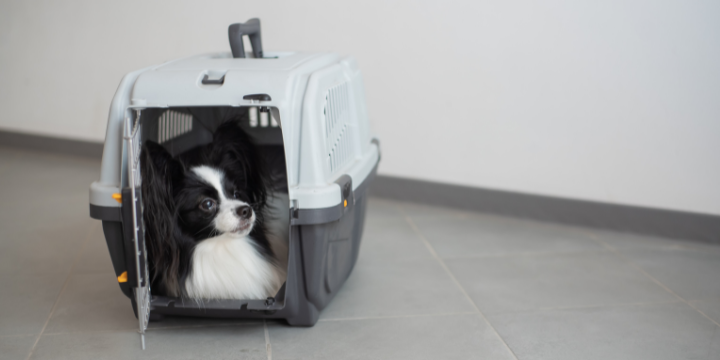
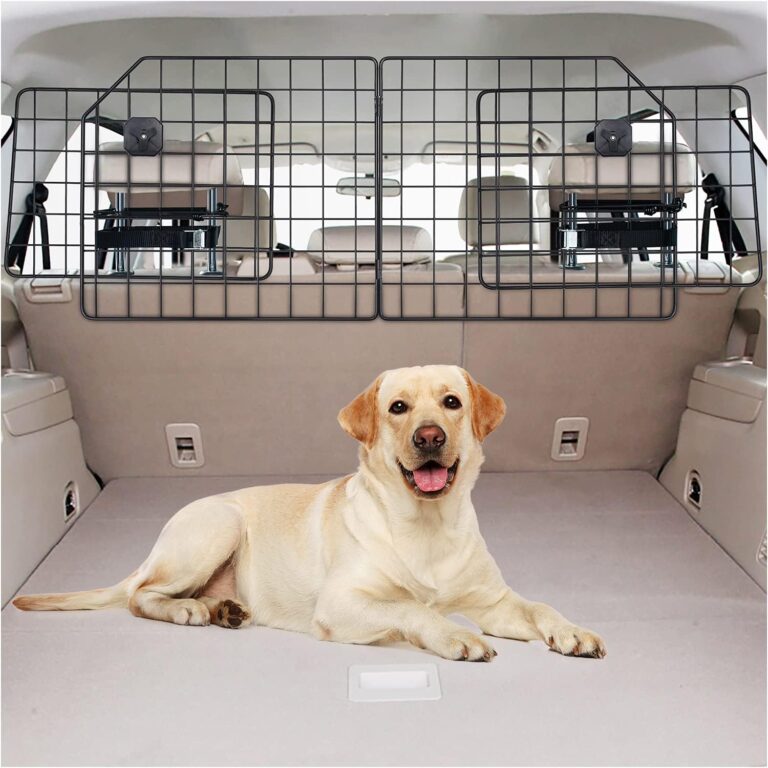

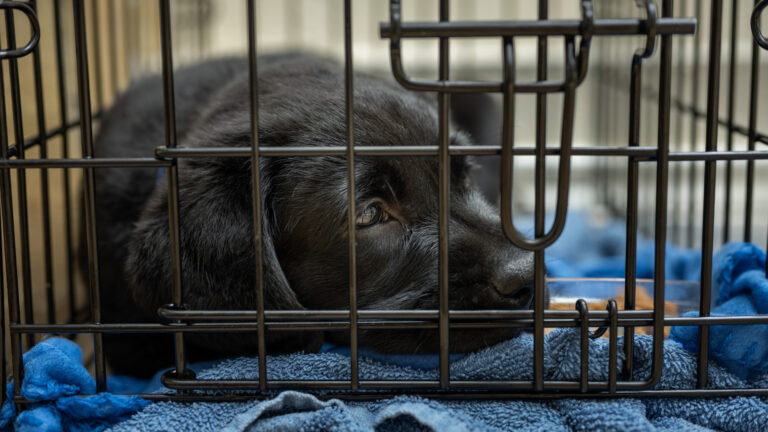
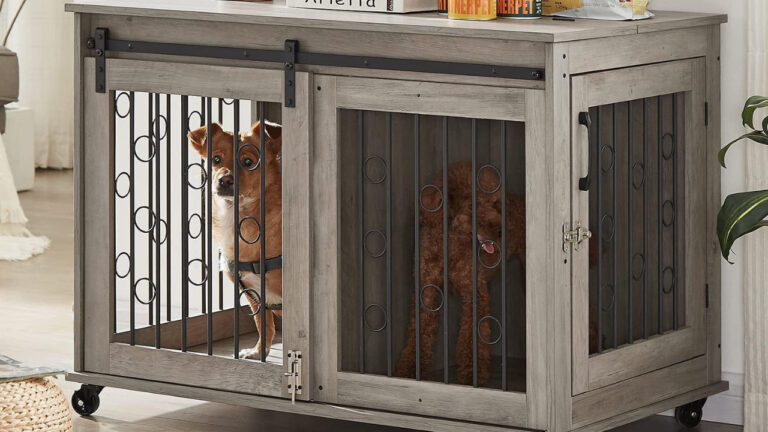

great article